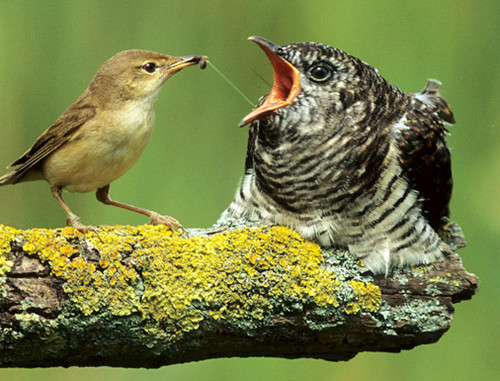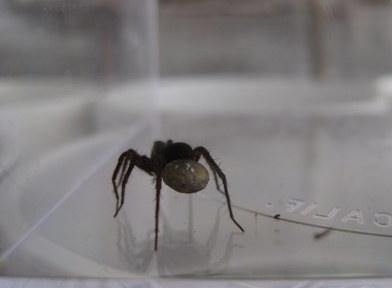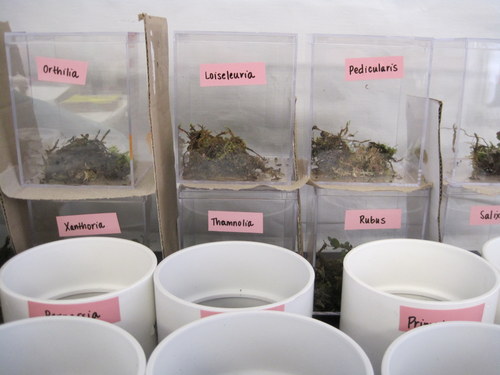Parasites – the ultimate lifestyle choice
As mentioned in a previous journal, every organism has a place in the complex food webs of life – be it an autotroph, heterotroph (that’s us, unless some human has mutated and can now photosynthesize), or decomposer. Ecosystems have other relationships beyond feeding ones, sometimes referred to as symbiotic relationships. Some of these you’ve heard of – like the mutualistic relationship between the anemone and the clown fish (think of Finding Nemo) and some of these you haven’t – like the commensalistic relationship between cattle and cattle egrets (the cattle stir up the insects in the grasses making easy pickings for the egrets). My personal favorite relationship is parasitism. Parasitic relationships can be slightly disgusting (tapeworms) but are oddly fascinating (the emerald cockroach wasp – if you don’t know about it, Google it!). Parasites have it good – they benefit at the expense of another living thing and can often get a nice warm home with a constant supply of food (as long as their host remains alive).

Parasitoid vs. Parasite
While parasites have to keep their host alive to reap their benefits, a parasitoid organism is a little more lethal. A parasitoid organism generally develops inside the host and generally kills the host upon the organism’s emergence (think Alien). There are many wasps that are infamous parasitoids. Check out this video from Nature1UpClose’s YouTube channel of parasitic wasps emerging from a spittle bug larva. Be warned…it’s gross.
http:// Video of wasps emerging from Spittle Bug larvae. Video from Nature1UpClose.
The Wolf Spider and Parasitoid Wasps
As expected, parasitoid wasps exist up here in the Arctic, and, as expected, there are some that parasitize the wolf spider. The wasps are TINY…so small they are extremely difficult to see with the naked eye, so the wolf spider probably doesn’t know what hit her until it’s too late. The female wolf spider carries her fertilized eggs on her back, in a specially made egg sac constructed of her silk. She carries this egg sac on her for several weeks until the spiderlings hatch and hop on her back for a few days.

The parasitoid wasp is crafty – she lays her eggs inside the spider’s egg sac and the wasp larvae “feed” on the developing spiderlings. When the egg sac opens, the wasps emerge and the spider is none the wiser. It is currently unknown what happens after the wasps emerge, as it has rarely been witnessed. Do the wasps fly away or attack the spider?

One of the questions Amanda is trying to answer is whether or not there is a relationship between the number of parasitized egg sacs and latitude. Every week, we collect samples from 6 different locations – 1 south of Toolik Lake, 1 at Toolik Lake, and 4 that are north of Toolik (all the way to the Arctic Ocean!). When Amanda returns to Duke, she will analyze all of the samples to see which egg sacs have wasp larvae and which do not. Cool, huh?
In the meantime…check out this video of one of our spider mamas, Cassiope (yep, we named all 40+ of them) reattaching her egg sac. Egg sacs can become dislodged for a variety of reasons, and is fairly common. Don’t worry; she successfully reattached it with no problem!
http://youtu.be/Ok7CkxnoI2M


Comments